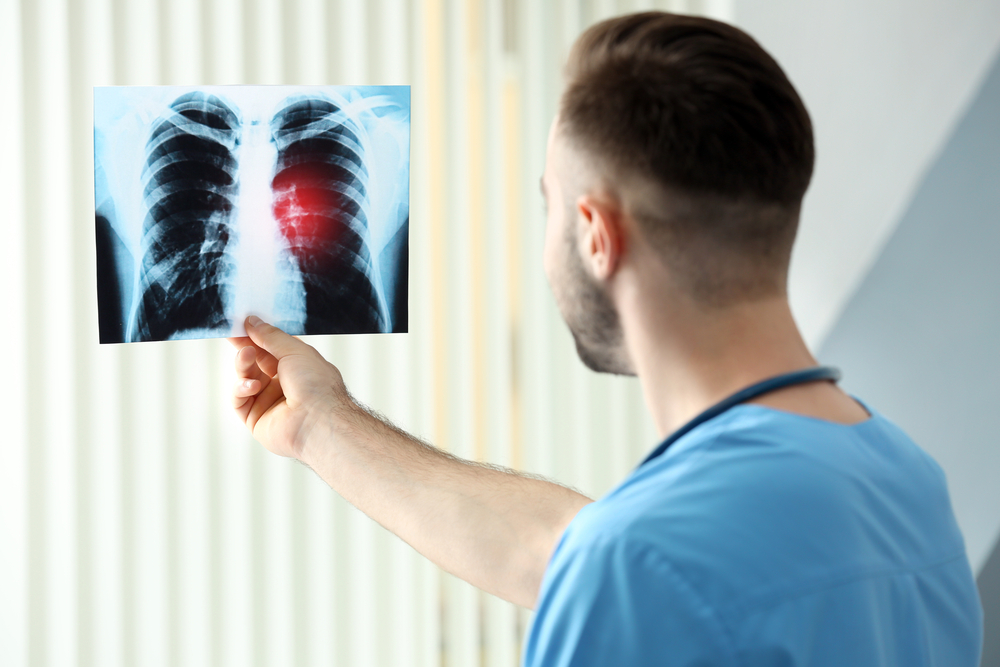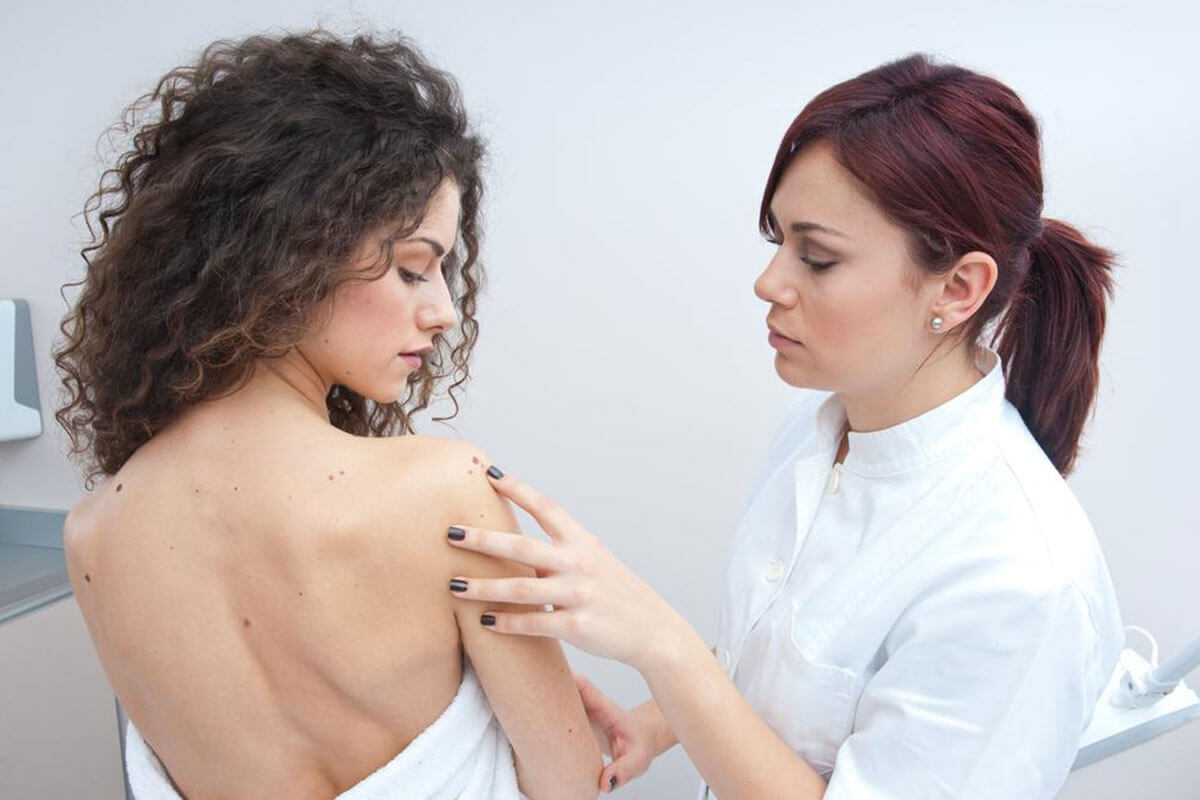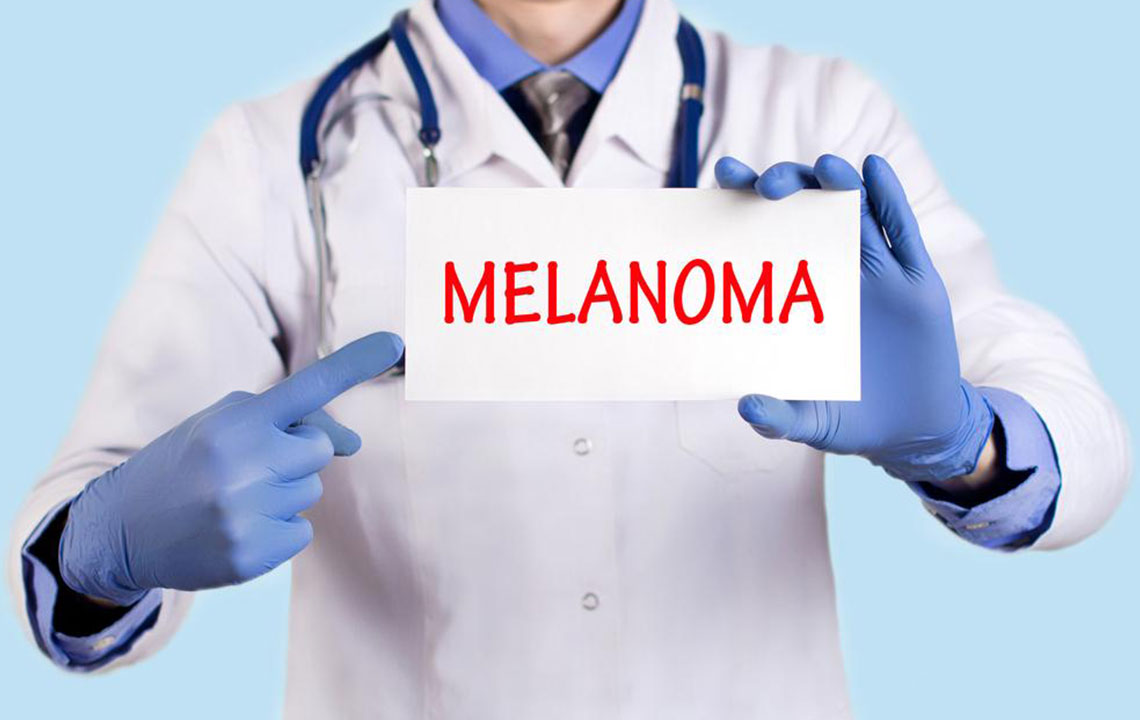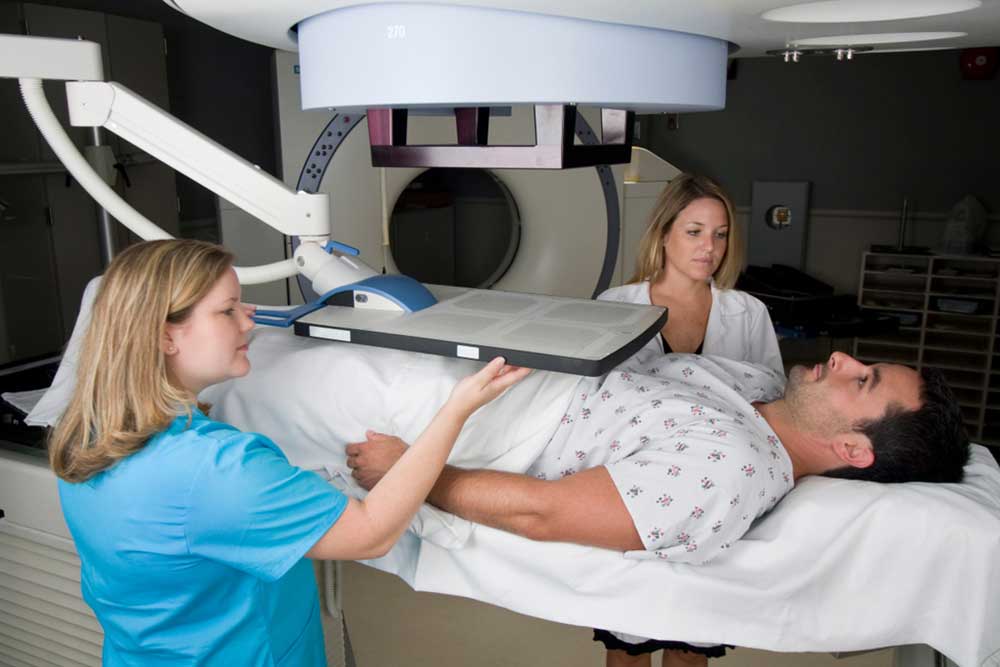Understanding Male Breast Cancer: Symptoms, Causes, and Treatment Options
Male breast cancer, though less common than in women, is rising and requires awareness for early detection. Recognizing symptoms such as lumps, nipple changes, and skin alterations is crucial. Risk factors include genetic mutations, hormonal imbalances, and genetic conditions like Klinefelter’s syndrome. Treatment options primarily involve surgery, hormone therapy, and chemotherapy, depending on the cancer stage and receptor status. Early diagnosis significantly improves survival rates. Regular screenings, awareness, and a healthy lifestyle are essential to prevent progression and improve outcomes for men affected by this disease.
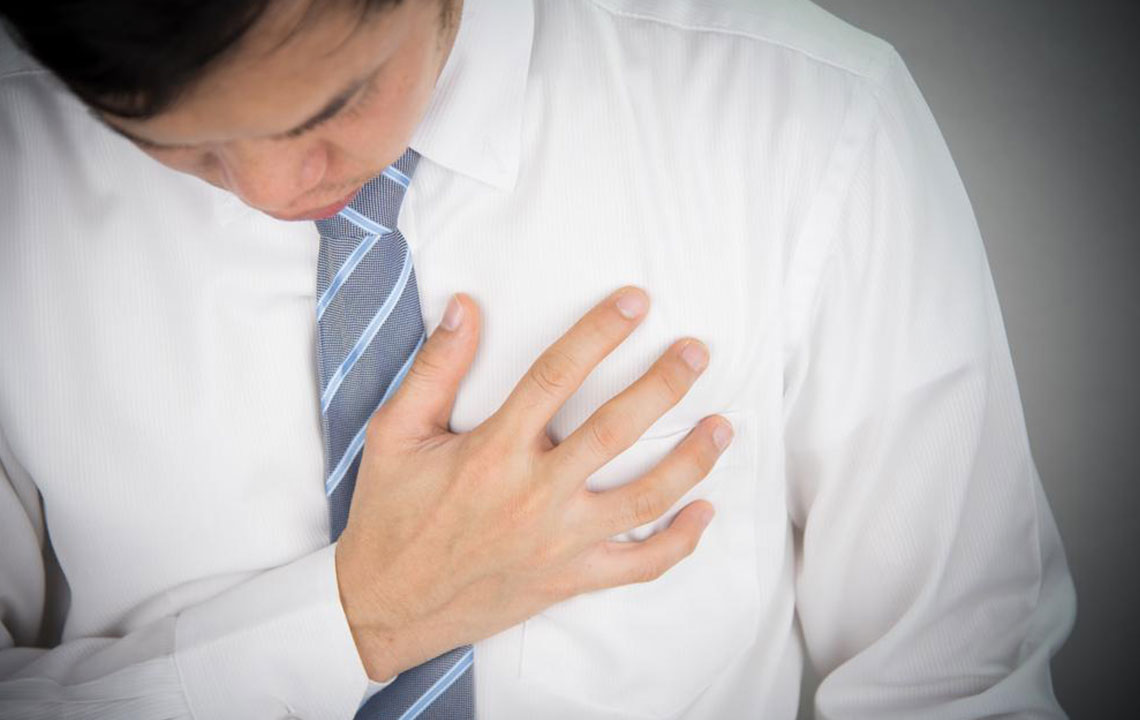
Understanding Male Breast Cancer: Symptoms, Causes, and Treatment Options
In recent decades, the incidence of male breast cancer has seen a notable rise. Research indicates that this cancer can affect men from ages 5 to 93. Early detection offers a 100% survival rate, while mid-stage cases have around a 72-79% survival rate. If not diagnosed promptly, advanced stages reduce survival chances significantly to about 20%. Recognizing symptoms, understanding risk factors, and seeking timely treatment are crucial for better outcomes. Knowledge and awareness can save lives and improve prognosis for men facing this disease.
Symptoms to Watch For:
Nipple pain or tenderness
Nipple retraction or inversion
Painless lump in the breast tissue
Discharge of blood or fluid from the nipple
Skin changes like dimpling or redness
Enlarged lymph nodes under the arm or collarbone
Development of a colored ring around the nipple
Noticing these signs warrants immediate medical consultation. If untreated, the cancer can spread to organs like the liver and lungs, causing symptoms such as breathing difficulty, bone pain, jaundice, and fatigue. Symptoms tend to worsen if ignored, emphasizing the importance of early diagnosis and intervention.
Risk Factors for Male Breast Cancer:
Klinefelter’s Syndrome: A genetic condition causing higher estrogen levels in males, increasing the risk by up to 20 times.
Hormonal Receptors: Estrogen receptor presence on cell surfaces facilitates tumor growth when estrogen binds to cancer cells. Most men have these receptors, making them vulnerable.
Genetic Mutations: Mutations like BRCA2 significantly contribute to male breast cancer, accounting for about 5% of cases.
Other factors include testicular diseases like mumps orchitis, exposure to radiation, liver cirrhosis, and hormonal imbalances such as gynecomastia.
Available Treatment Options:
Surgical Removal: The primary treatment involves modified radical mastectomy, removing the breast tissue and nearby lymph nodes.
Hormonal Therapy: Medications like tamoxifen block estrogen's effect on cancer cells, halting tumor growth. Aromatase inhibitors reduce estrogen production.
Chemotherapy: Used especially when cancer cells lack hormone receptors, chemotherapy targets and destroys cancerous cells post-surgery to prevent recurrence.
Male breast cancer is often diagnosed later due to smaller breast tissue and lower awareness, making detection challenging. Diagnostic techniques include biopsies, mammography, and physical exams to identify the disease accurately. If symptoms are observed, timely medical consultation is essential. Adopting a healthy lifestyle and regular screenings can aid in prevention and early detection.






